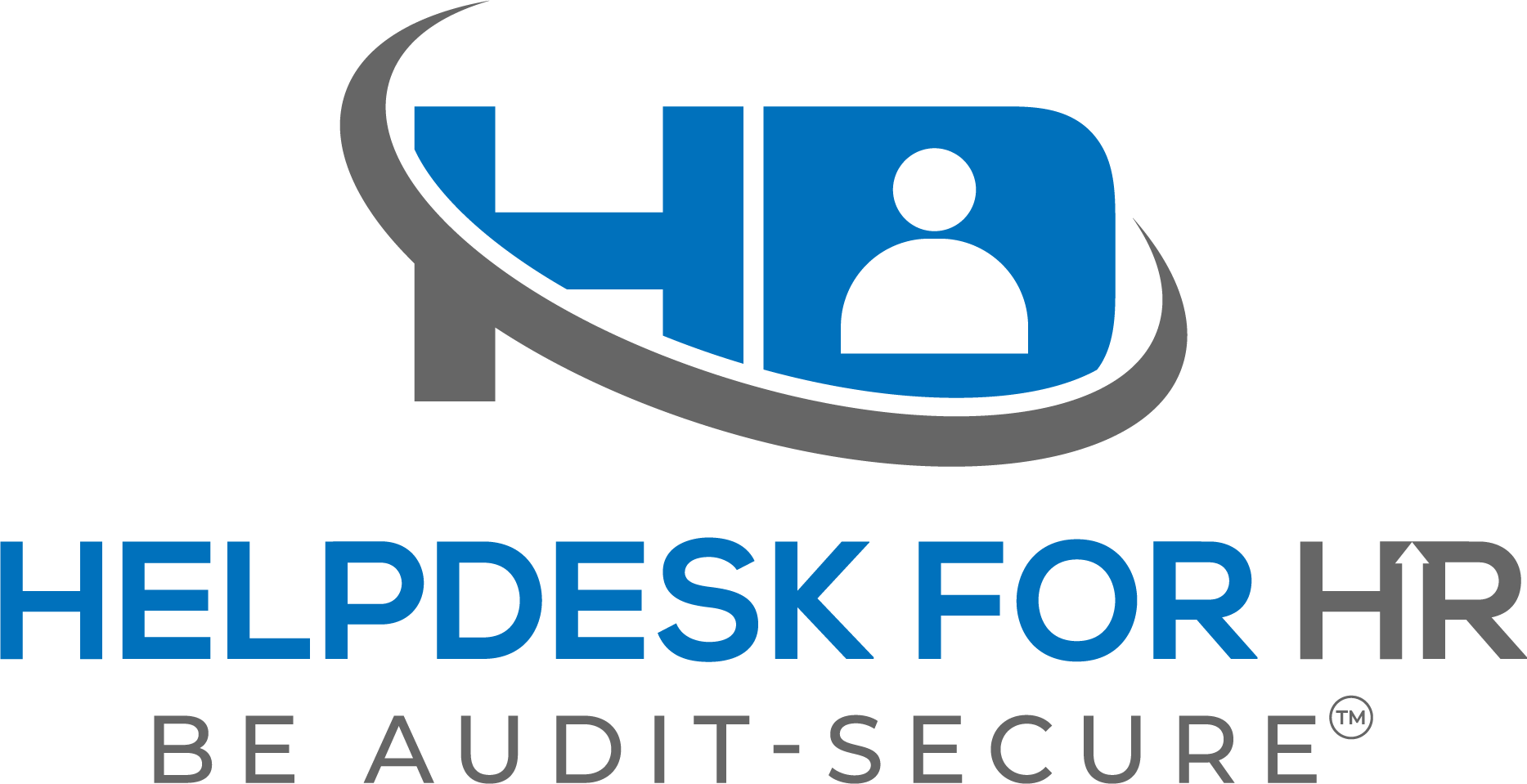Question:
Travel Pay: How do I calculate the “normal working hours” when a nonexempt employee’s schedule varies?
Answer:
The DOL addressed this scenario in an April 2018 opinion letter, in which it outlined three permissible methods that employers can use to reasonably ascertain an employee’s “normal” or “regular” working hours for purposes of the “travel away from home” rule:
- If the employee’s time records during the most recent month of “regular employment” records reveal “typical work hours,” the employer may consider those as the “normal” hours going forward unless some subsequent material change in circumstances indicates the normal hours have changed.
- If the records do not reveal any normal or typical working hours, the employer may instead choose the average start and end times for the employee’s workdays.
- Alternatively, the employer and employee (or the employee’s representatives) may negotiate and agree to a “reasonable amount of time or timeframe” in which travel outside of employees’ home communities is compensable. On this third option, the DOL cited to a 1964 opinion letter in which the agency approved an employer’s use of an employee’s average daily number of hours worked as the number of compensable hours on a travel day, provided the employer and employee agree on this method of determining the “normal” workday for travel time purposes.
The DOL notes that “[t]his is not an exhaustive list of the permissible methods for determining an employee’s normal start times or end times [for purposes of the “travel away from home” rule] … [b]ut when an employer reasonably uses any of these methods …, [the DOL] will not find a violation[.]” https://www.dol.gov/sites/dolgov/files/WHD/legacy/files/2018_04_12_01_FLSA.pdf
I hope this helps.
Be Audit-Secure™!
